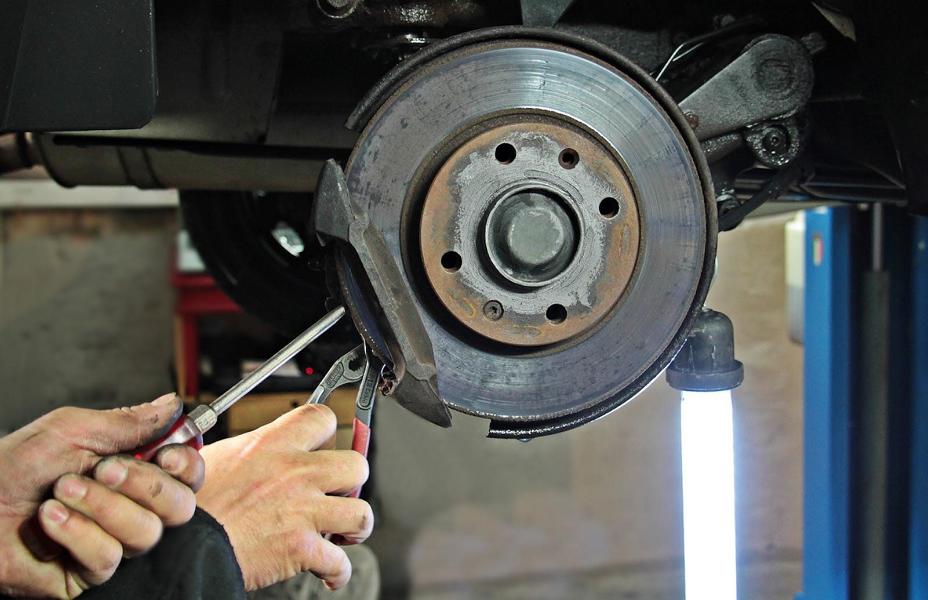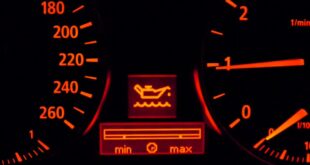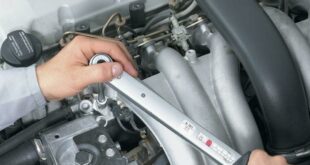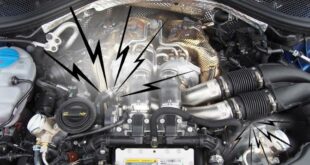Recently updated on April 3, 2024 at 08:20 am
Brake discs and brake pads are among the wearing parts, but at the same time they are absolutely relevant to safety. If they are worn out, the brakes need to be changed. This is not cheap, which is why enthusiastic car mechanics like to take on this task themselves. When repairing the brakes yourself, you should definitely have the necessary basic knowledge to do everything correctly. If you don't know enough about cars, you should leave the changing of brake discs and brake pads to a specialist.

What materials and tools do you need?
Before starting, you have to get the necessary spare parts. But not only these are important, but also the remaining materials and tools that you need to change the brakes. In addition to the jack, this includes a torque wrench, screwdriver, Allen key and a brake piston reset. About the correct Use of brake piston reset you should inform yourself in advance. You should also provide a wire brush, brake cleaner and brake grease for repairs.
A step-by-step guide
In order to change the brakes properly, it is important to carry out the following steps correctly and in sequence.
Wheel disassembly
When working on brakes, it is essential that this is always done in pairs on the left and right in order to ensure an even braking force. First, the hobby mechanic jacks up his car with a lifting platform or the jack and begins to remove the tires. The brake caliper can be found behind the tire. This is usually attached with retaining clips and is covered by a special dust cap. This has to be removed. Now you can loosen the sliding bolt with the torque wrench.
Once that is done, the entire brake caliper is removed. To be able to do that, it must first be put on hold. Here it is important to really work with a brake piston reset and not with a water pump pliers, in order to avoid damage to the brakes.
Remove the brake disc
Once the brake caliper has been successfully exposed, the worn brake pads can be easily removed. The brake pad retainer remains, which can be easily removed with a screwdriver. Once this is done, the brake disc should be exposed. Most of the time, however, the hub is screwed separately so that the screw connection has to be loosened before removal. The exposed parts can now be cleaned. Coarse dirt can be removed with a small wire brush. A special brake cleaner allows the brake discs and brake pads to be cleaned carefully.
Installation of the new brake discs and pads
If the replacement parts are to be fitted, it is important to now reverse the order in which the dismantling steps mentioned above are carried out. First you put the brake disc back in and mount the brake pad holder - it is advisable to put some brake grease on the contact surface beforehand.
As soon as you now insert the new pads correctly, you can pull the brake pads over the brake disc. The sliding bolt should be greased well before reinserting it. In all steps, the passionate car screwdriver should note that screws should always be tightened with the torque recommended by the manufacturer. Even small deviations - be it because the screws were tightened too tightly or too loosely - can affect the braking behavior. If this is the case, it can be dangerous.
Once the sliding bolt is back in place, the dust caps can be attached. The last step is attaching the retaining clips - a job that can usually be carried out with a normal screwdriver.
Bleed the brake system
Before the summer, Fit all-season or winter tires the brake system must be bled. This is due to the fact that during the replacement of the wearing parts air could penetrate into the system, which could negatively affect the braking force. It should be noted that bleeding must be carried out on every brake caliper - even on the brake calipers on which no parts have been changed.
If you don't trust yourself to do this job, you should put on tires and carefully drive your car to the workshop, where specialists can bleed the brake system and examine the brakes for their effectiveness.
Even if you can save a lot of money by doing it yourself, you should only change brakes yourself if you are familiar with their mechanism. If you want to know more about changing brakes, you can get the appropriate tool and perhaps look over the shoulder of the trusted auto mechanic when changing brakes.
We have published countless other tuning reports on tuningblog.eu. If you want to see an excerpt, just click HERE, And also interesting products around the topic Cars and Car tuning are online. We have included an extract from the last ones for you:
"Tuningblog.eu" - we keep you up to date on the subject of car tuning and car styling with our tuning magazine and we present you the latest tuned vehicles from all over the world every day. It's best to subscribe to ours Feed and will automatically be informed as soon as there is something new about this post, and of course also to all other contributions.
 tuningblog.eu Your magazine about tuning the car
tuningblog.eu Your magazine about tuning the car


